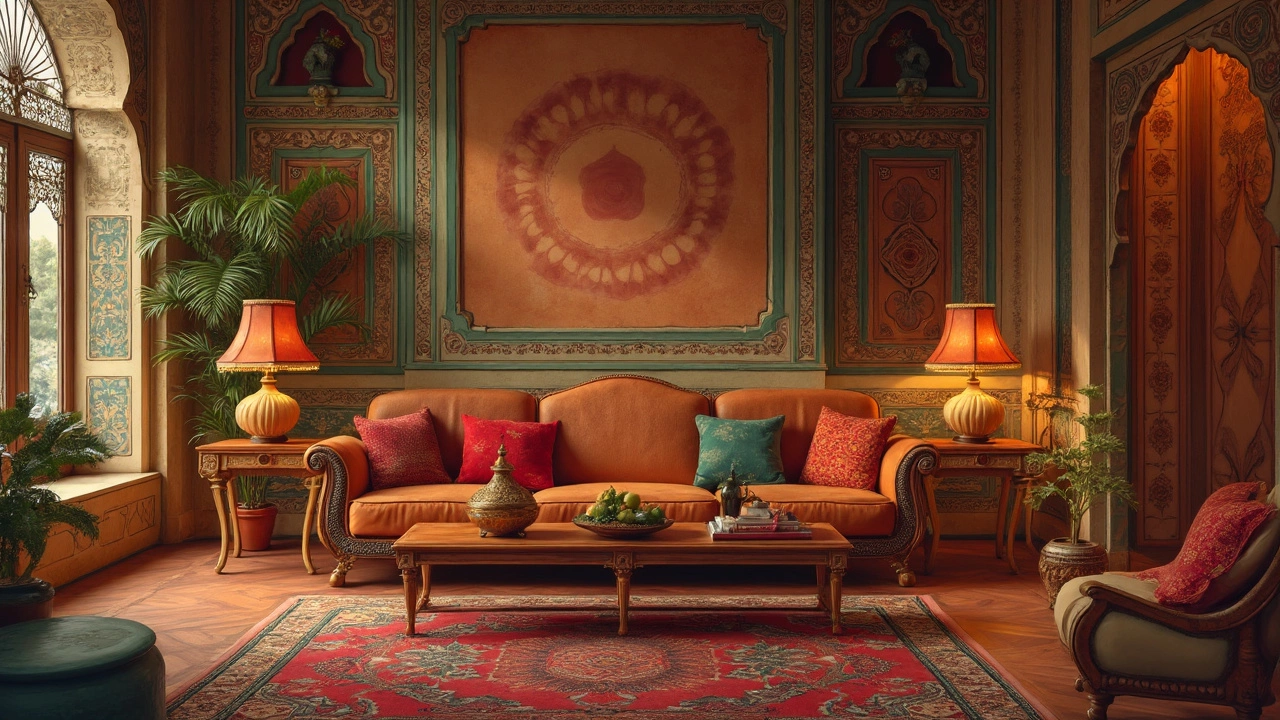
The Most Durable Sofas: Choosing What Lasts
Looking for a sofa that can withstand the test of time? We explore everything from material choice to construction techniques that contribute to a sofa's longevity. Learn why natural leather and kiln-dried wood are among the top picks. Discover tips on how maintenance can play a crucial role in extending your sofa's life. Find out how some manufacturing secrets can ensure your couch stays comfortable and stylish for years.
View More